Christ is not shown here as a bleeding martyr, but as a deeply human figure. His wounded body is bathed in gentle light that caresses the contours with compassion. His bowed head, downcast gaze, and the reed mockingly placed in his hands speak of a serene acceptance of suffering. It is a pure image of humility and infinite patience. The viewer is not confronted but invited into a contemplative space, one of emotional quietude. This Christ does not demand – he waits.
The work, of anonymous authorship, was likely produced in a Sevillian workshop active during the second half of the 17th century. Despite its anonymity, the artist demonstrates solid technical training. The brushwork is refined, the handling of light reveals a particularly sensitive eye, and the contained chiaroscuro places this hand within the circle of masters such as Juan del Castillo or the young Murillo. The contrast between the ashen skin tones –built up with delicate gray-green and bluish glazes– and the rich red of the robe, achieved through cochineal lake over vermilion, gives the image a restrained yet emotional intensity.
The composition is closed, sober, inward-looking. Clearly intended for private devotion, it was not meant for a grand altarpiece but rather for a home oratory or possibly a convent, where meditation and introspection were integral to daily life. This aligns with the Ignatian spiritual ideals that permeated Sevillian confraternities at the time, favoring images that stirred inward reflection over theatrical grandeur.
The original support is Iberian red pine, joined with tongue-and-groove construction. It remains stable, with a thin ground layer that allows the brushstrokes to breathe. A slightly ambered original varnish gives the scene the perfect historical patina. Its state of preservation is remarkable – there is fine craquelure from natural aging but no active flaking. The back shows traces of long-inactive woodworms, treated decades ago. Some localized old retouching, visible under UV light, is well-integrated, especially near the reed and sections of the robe.
Iconographically, the scene represents a very specific moment – Christ as the “Man of Sorrows” seated, just after his scourging, still bound and crowned with thorns, in the moment the Roman soldiers mock him. The reed, his “scepter”, and the dark background with a barred window evoke the prison space traditionally associated with the Tower of Antonia. The deep red of the robe becomes more than a garment – it is blood, Passion, and spiritual royalty in one.
This type of image spread widely in Baroque Seville, heavily influenced by Flemish prints –particularly from Antwerp– that circulated in Spain during the latter half of the 17th century. Through them, local workshops adopted compositions that served as aids to spiritual meditation, especially within the context of the Spiritual Exercises of St. Ignatius of Loyola. The serene face of Christ was a mirror for the soul – a model of patience, inviting inner surrender.
Under reform-minded bishops like Palafox, such introspective images were promoted over more theatrical depictions. This painting clearly reflects that tendency – spiritual, quiet, and emotionally profound. It would later influence the sculptural tradition of processional figures such as the “Christ of Humility and Patience”, common in Andalusian Holy Week processions.
The frame is a gilded water-polychrome molding from the early 20th century, hand-carved in the “egg and dart” motif. It shows minor wear and light retouching but retains all of its elegance. On the reverse of the panel, a faint but legible inscription reads “Alonso Cano”. While there is no evidence to attribute the work directly to the master, its aesthetic clearly draws from his influence. It is best understood as a work by a close follower shaped by the same Sevillian milieu.
In short, this is an exceptional piece, both for its technical merit and its emotional resonance. It is a painting that suspends time, that speaks from within silence, and that transforms any space it inhabits. Whether returned to a church setting or added to a sacred art collection, this work remains a powerful testimony of contemplative faith.
Dimensions: 32.5 x 26 cm (12.8 x 10.24 in). Frame: 40.5 x 34.3 cm (15.94 x 13.5 in).
We are professional antique dealers. To see more photos of this item, please click on this link:
https://www.antiguedades.es/en/antique-painting/5313-antique-oil-on-panel-christ-crowned-spain-sevillian-school-c-16501680.html



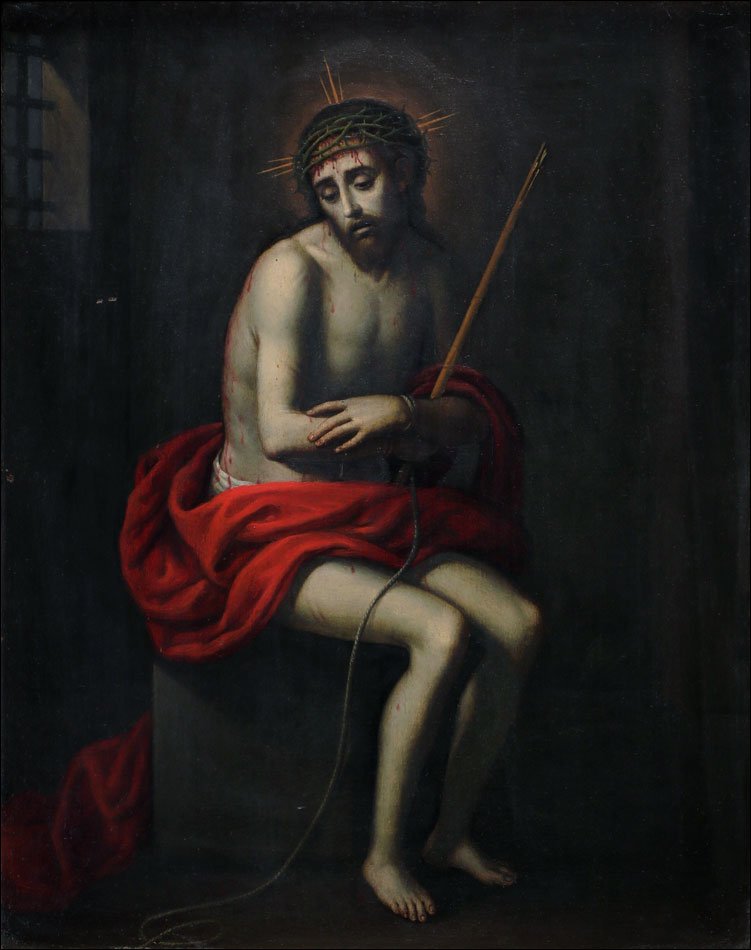
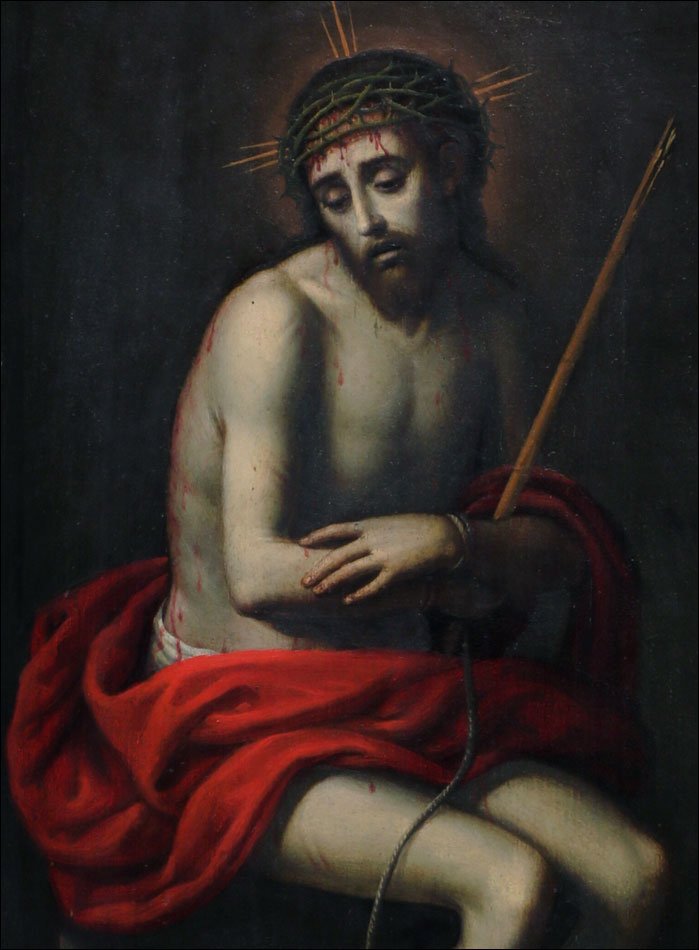










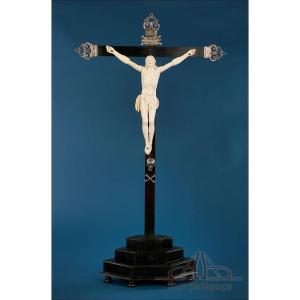








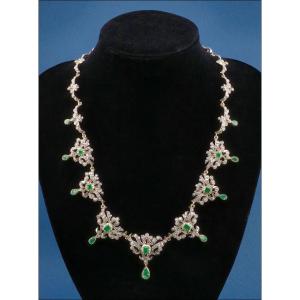



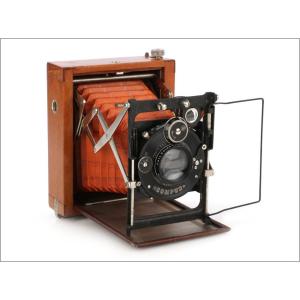





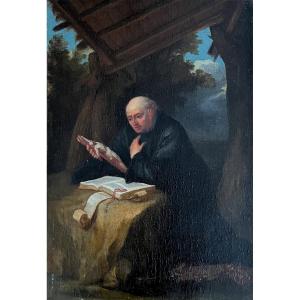



 Le Magazine de PROANTIC
Le Magazine de PROANTIC TRÉSORS Magazine
TRÉSORS Magazine Rivista Artiquariato
Rivista Artiquariato